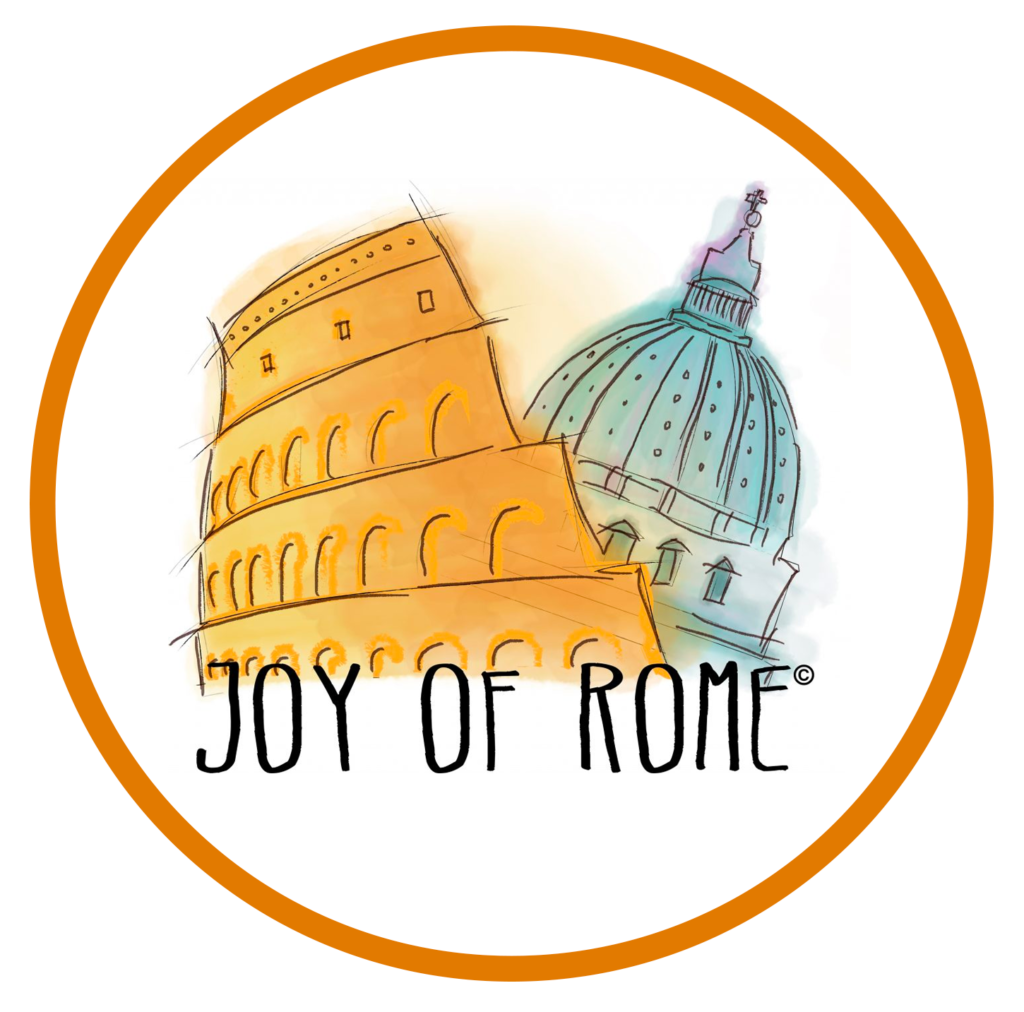Rock Stars of History: Michelangelo Buonarroti
Whether through fresco, sculpture or architecture, Michelangelo is the poster child of the High Renaissance
While his passport would say Michelangelo di Lodovico Buonarroti Simoni, the artist’s enduring fame means that most of us refer to him as if he were that good friend we keep meaning to have coffee with.
For anyone who’s heard only whispers about the Sistine Chapel, La Pieta, David, and Saint Peter’s Basilica, they’re the unwitting recipients of his ingenious legacy. Born in the 15th century in Caprese (not the delicious salad), Tuscany, Michelangelo’s boundless reputation even echoed to the papacy.
Shameless fawning aside, what made him such a big deal, anyway?
The most prolific perfectionists and over-achievers would be awed by what he achieved throughout his lifetime. He’d already crafted two of his world-renowned masterpieces, his David and La Pieta, before he was thirty. Many sources also agree that he worked up until the week of his death.
His artistic enterprises found familiar setting in the hospitality of the Vatican, where nine consecutive popes from Julius II to Pius IV commissioned his diverse pieces. Michelangelo impressed and infuriated them.
He had a particularly stormy relationship with Julius II, whose own intimidating moniker was the Warrior Pope due to his use of warfare to control the Papal States. Imperious and famously irascible, this early 16th century pontiff pulled Michelangelo from the original project of creating Julius II’s papal tomb, and set him to re-frescoing what is the now celebrated ceiling of the Sistine Chapel.
Michelangelo, as cantankerous as he was brilliant, was not a fan of this new assignment. As talented as he was, he was a sculptor with limited experience in the challenging medium of fresco. If he failed, his career and name would be ruined. The threat to his profession was so great that Michelangelo fled back to Florence.
However, Julius II was also referred to as the Fearsome Pope. Using a combination of papal influence, tenacious insistence, and a good deal of bullying, he dragged Michelangelo back to Rome. There the artist toiled while frescoing the ceiling of the Sistine Chapel, securing his name in history and becoming the champion of ceilings everywhere.
His ceiling was not the only mark he made in the chapel. The wall of the papal altar also depicts his Last Judgement, commissioned by Pope Paul III in the 1530s.
There are works abound in the literary world that celebrate and break down the enigmatic figure that represents Michelangelo. As opposed alienating him, his genius draws individuals to him.
Dyspeptic, arrogant, and flighty, he was also a tortured poet. His crooked nose bore the aftermath of a schoolyard fight from a jealous classmate. He supported his noble yet impoverished family through his work, even though they looked down on him for choosing a “blue collar job”.
His employers made extravagant claims on him, and when he refused, they clobbered him (Julius II didn’t like hearing “no”). To earn more money at a young age he became involved in art fraud by trying to pass off an early work as an ancient Greek relic. He kept a constant diary where he pored out his frustrations and aspirations on a daily basis.
The combination of his achievements and day to day life balance him on a reachable pedestal for contemporary audiences. As such, while he passed away over 500 years ago, it’s safe to say that Michelangelo Buonarroti’s name will be uttered for centuries to come.
Check out Joy of Rome’s Vatican Tours and see some of his work first hand!
